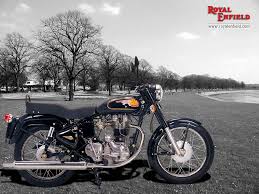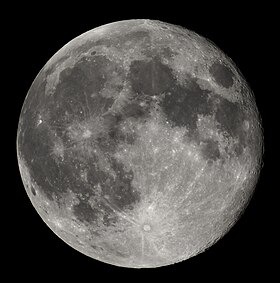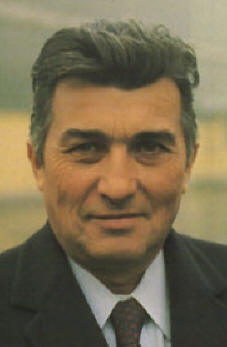
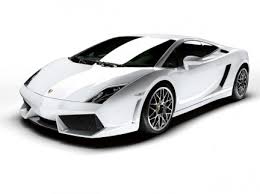
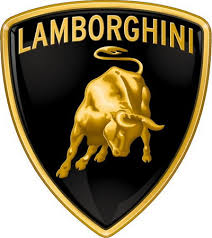 This Lamborghini facts is about the history behind the making and the man behind the fast, luxury and great looking cars in the world today.....
This Lamborghini facts is about the history behind the making and the man behind the fast, luxury and great looking cars in the world today.....In 1962, Lamborghini commissioned the engineering firm Società Autostar to design a V12 engine to compete with Ferrari's 3-litre power plant. Autostar was led by Giotto Bizzarrini, one of the famous "Gang of Five", a group of Ferrari engineers who walked away from the company in 1961; among their projects was the famous 250 GTO.
The engine was to have similar displacement to the Ferrari unit, but was to be designed from the ground up for street use, in contrast to the modified racing engines used by Ferrari in its road cars. Bizzarrini created an engine with a displacement of 3.5 litres, a 9.5:1 compression ratio, and a maximum output of 360 bhp at 9800 rpm. The engine came to life for the first time on May 15, 1963, in a corner of the Lamborghini tractor factory.
Lamborghini was displeased with the engine's high revolutions and dry-sump lubrication system (characteristic of racing powerplants); when Bizzarrini refused to change the engine's design to make it more "well-mannered", Lamborghini refused to pay the agreed-upon fee of 4.5 million Italian lire (plus a bonus for every unit of brake horsepower the engine could produce over Ferrari's motor).[12][11] Lamborghini did not fully compensate the designer until ordered to do so by the courts.
In 1963, Lamborghini purchased a property at 12 via Modena, in the commune of Sant'Agata Bolognese, less than 30 kilometres (19 mi) from Cento. A sign at the entranced declared "Qui Stabilimento Lamborghini Automobile" (English: Lamborghini car factory here), boasting 46,000 square metres (500,000 sq ft) of space.
Throughout its history, Lamborghini has envisioned and presented a variety of concept cars, beginning in 1963 with the very first Lamborghini prototype, the 350GTV. Other famous models include Bertone's 1967 Marzal, 1974 Bravo, and 1980 Athon, Chrysler's 1987 Portofino, the Italdesign-styled Cala from 1995, and the Zagato-built Raptor from 1996.
A retro-styled Lamborghini Miura concept car, the first creation of chief designer Walter de'Silva, was presented in 2006. President and CEO Stephan Winkelmann denied that the concept would be put into production, saying that the Miura concept was "a celebration of our history, but Lamborghini is about the future. Retro design is not what we are here for. So we won’t do the [new] Miura.”
At the 2008 Paris Motor Show, Lamborghini revealed the Estoque, a four-door sedan concept. Although there had been much speculation regarding the Estoque's eventual production,Lamborghini management has not made a decision regarding production of what might be the first four-door car to roll out of the Sant'Agata factory.
As of 2009, the current range consists entirely of mid-engined two-seater sports cars: the V12-powered Murciélago LP640, LP640 Roadster and LP670-4 SV, and the smaller, V10-poweredGallardo LP560-4 and Spyder. Limited-edition versions of these four cars are also produced from time to time.

